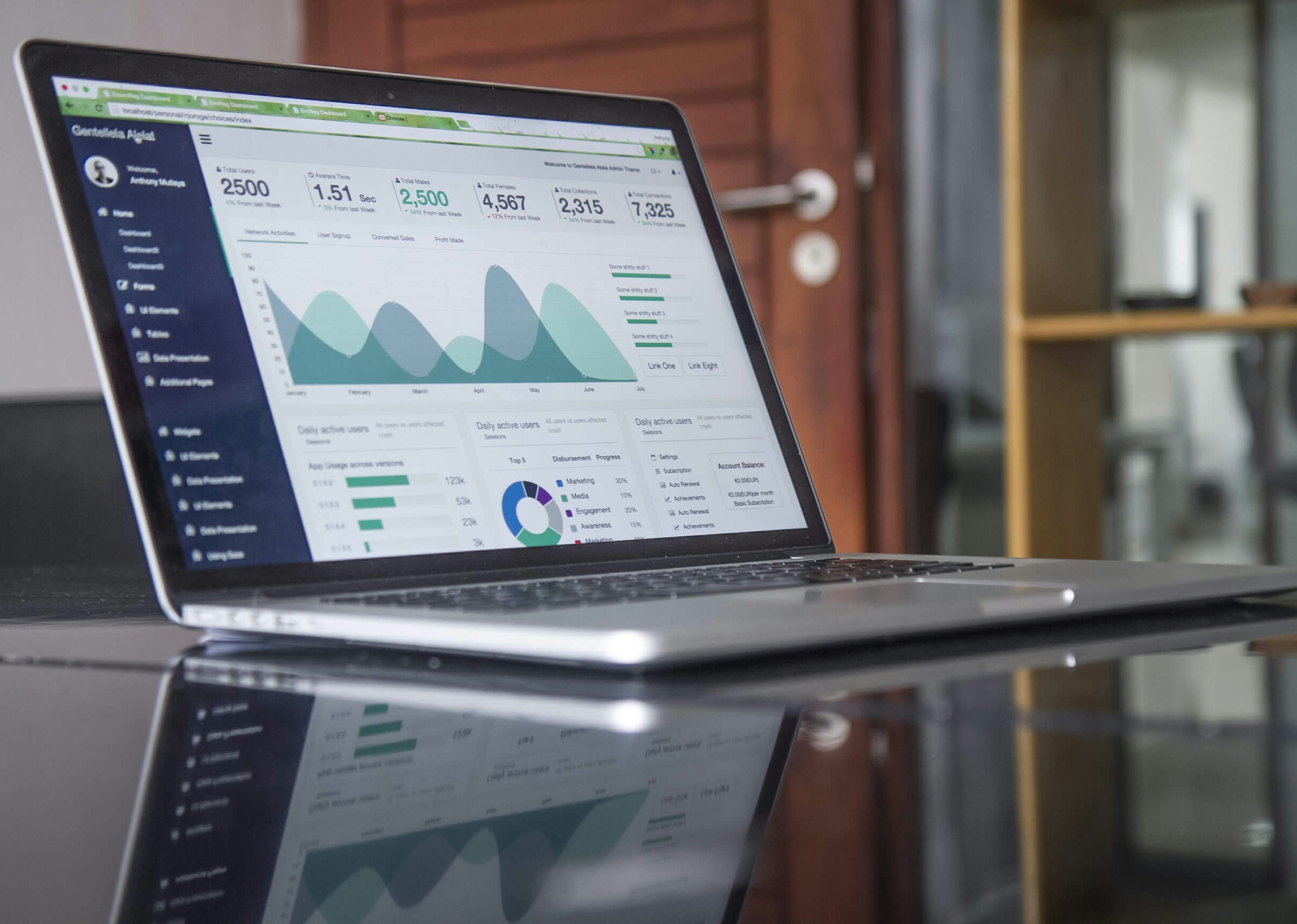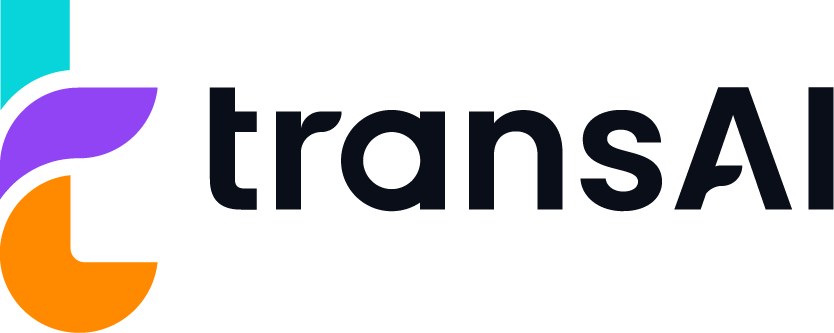
Smart Factory
Op weg naar de digitale fabriek

Distinction through intelligence
A production company can no longer distinguish itself solely with the quality of the product delivered
Shorter delivery times and higher delivery reliability are also decisive for the success of the company. Ensuring a negligible difference between the average order lead time and the net production time is not in bigger, faster machines, but in a more efficient and effective internal logistics process and the use of data. Making a factory smarter is and remains a major undertaking. Before we can talk about digitalization, the process must first be optimized (Lean).
What are the characteristics of a "Smart Factory?"
Quit Excel Sheets
Don't search for information, but receive it
Quick Response Manufacturing
Connected, interconnected databases
No folders with projects, everything digital
Respond to changing demand easily and agilely
Clear communication
Predictive maintenance of machines in the field
Using innovations (Artificial Intelligence, augmented reality and Machine Learning)
Not only record everything, but also be able to optimize it
Have information available from multiple locations
Seeing data as the new gold

Data is key
As the digital transition provides more insight into the production process, accurate data about the production process is often still missing.
Usually a production machine generates very interesting data, such as: Counter readings, cycle times, stagnations, malfunctions and other measured values. This information can then be consulted locally on the control screen.
With information from machines, insight into the entire production process can be greatly enriched. But how do you get this data out?
Of course, there are a number of solutions to achieve this for a specific type of control, each of which provides data in its own format.
Our partners



